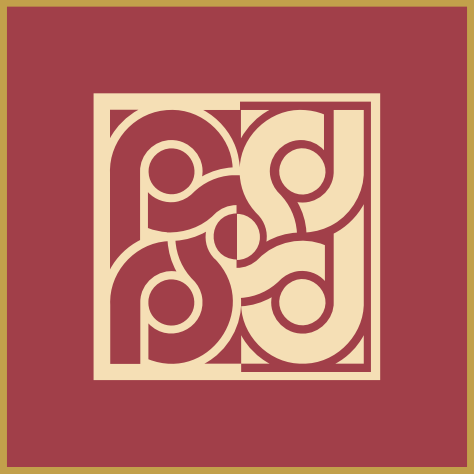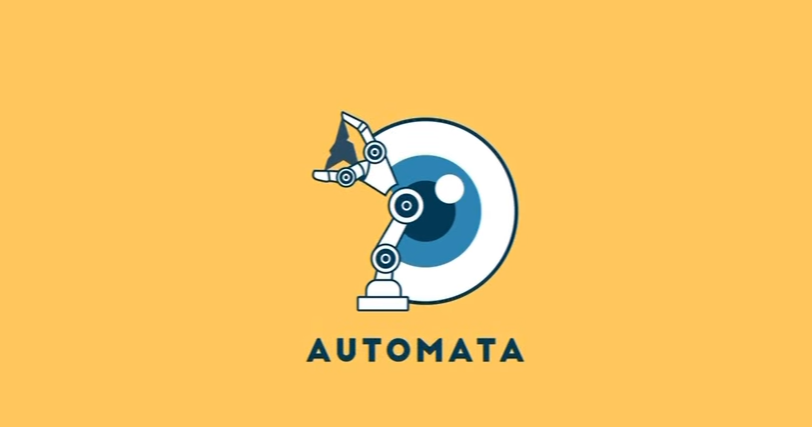The aim of the project is to investigate novel ways in which electronic publication over the Internet can provide broad access to research findings in the arts and humanities, and can also make underlying data available in such a way so that readers are enabled to ‘drill down’ seamlessly into online archives to test interpretations and develop their own conclusions.
Winner of the British Archaeological Awards – Best Archaeological Innovation 2008.
Highly Commended in The Association of Learned and Professional Society Publishers Awards – Publishing Innovation 2009.
“Making the LEAP” is funded by the Arts and Humanities Research Council (AHRC) under the ICT Strategy Programme.
Background
The Arts and Humanities have been relatively slow to embrace electronic publication, and a range of exemplars is needed. Traditional publication of research projects often comprises a series of journal papers, a popular summary, an academic monograph, and sometimes an offline research archive, which is rarely accessible. There are growing numbers of online databases, but these are rarely linked directly to interpretative analyses. In addition, the Arts & Humanities community has no conceptual framework for evaluating online databases, which results in uneven and unsystematic rewards for those that create them. Given that supporting data are invariably in electronic format, the advent of e-publication allows the combination of different forms of dissemination and the adoption of an integrated approach.
This project aims to explore some model solutions. Archaeology and the related cultural heritage disciplines provide an ideal test-bed for such explorations. The use of ICT is relatively advanced and there is a rich variety of data formats, including text and colour images, and also databases, GIS, VR visualisations, video, and geophysics. The online journal Internet Archaeology was one of the first peer-reviewed e-only journals in the humanities and is now approaching it tenth anniversary; it has built up a considerable expertise in electronic publication, and has a wide subscriber base.
Aims and Objectives
The project will use the existing infrastructure of the e-journal Internet Archaeology and of the AHDS to provide four sustainable exemplars of multi-layered e-publications and e-archives, capable of wide implementation across the arts and humanities. In order to demonstrate the extensibility of the project across the AHRC’s subject domain, exemplars will be chosen that are also of thematic or cultural interest to other communities (e.g. in material culture studies or medieval studies).
A series of secondary objectives will:
- Provide a novel and imaginative additional form of dissemination for four existing research projects of high academic quality. (Priority will be given to the outputs of AHRC research grant and resource enhancement projects).
- Investigate the ways in which e-publications can be interactive, multi-layered and underpinned by supporting data, in a range of formats – databases, GIS, VR, digital audio and video etc.
- Look at how multiple forms of dissemination can be used for different audiences
- Explore questions of linking between distributed AHDS archives and e-publications
- Examine questions which arise from this new means of dissemination, and provide guidelines and promote best practice which is applicable across the arts and humanities, including:
- Editorial questions – how far do e-archives need the level of quality control required of an e-publication? How is peer review to be deployed? How is intellectual credit to be given?
- Citation issues – how should e-publications and e-archives be referenced?
- Rights management issues – how should these be dealt with?
- Sustainability – how far are tailored interfaces capable of long-term preservation, and what are the specific archival issues of mixed model e-publications and e-archives for digital archives such as AHDS?
- Culture change – how is the community to be encouraged to adopt such approaches?
Dissemination
By publishing the exemplars within Arts and Humanities Data Service (AHDS) and Internet Archaeology maximum exposure to a wide audience is guaranteed. Many higher education institutions (UK and overseas) subscribe to Internet Archaeology; the ADS site receives an average of 700,000 requests per month. Users will encounter the project outputs by entering at publication or archive level, and be able to navigate seamlessly to the other. In addition AHDS Archaeology staff provide over 30 workshop or conference presentations per annum to arts and humanities audiences. These will feature the exemplars, ensuring maximum exposure, without any additional cost. The project will also be promoted at relevant conferences, such as Digital Resources for the Humanities (DRH), and using existing inter-disciplinary communications, such as the AHDS Newsletter, which will carry a feature on the exemplars.
Credits
The Arts and Humanities Research Council (AHRC) funds postgraduate training and research in the arts and humanities, from archaeology and English literature to design and dance. The quality and range of research supported not only provides social and cultural benefits but also contributes to the economic success of the UK. For further information on the AHRC, please see the website.
The Archaeology Data Service (ADS) supports research, learning and teaching with high quality and dependable digital resources. It does this by preserving digital data in the long term, and by promoting and disseminating a broad range of data in archaeology. The ADS promotes good practice in the use of digital data in archaeology, it provides technical advice to the research community, and supports the deployment of digital technologies. The ADS hosts AHDS Archaeology.
Internet Archaeology is a not-for-profit academic electronic journal, published by the Council for British Archaeology and hosted by the Department of Archaeology at the University of York. Internet Archaeology publishes an international range of research articles of a high academic standing which also try to utilise the potential of electronic publication. Articles regularly contain fully searchable databases to analyse online; full-colour, interactive images, plans and sections; video footage; virtual reality models and give access to related digital archive material.
The Department of Archaeology of the University of York is housed in the historic King’s Manor campus, in the centre of York. The Department has an established international reputation in the teaching and research of computer applications in Archaeology. It hosts the ADS and the electronic journal, Internet Archaeology.
Frequently Asked Questions
Q. Does the LEAP paper have to be a full publication of my project?
- A. No… it’s certainly not envisaged that the electronic paper would be the complete (or exclusive) publication of a research project. Rather, we hope that researchers might focus on some specific aspect(s) of their work where the e-publication will provide most added value. However, we would not want to take an interim report, and the archival data that was deposited at the same time as the paper would have to be the final version (although it might be possible to add further data sets to the archive at a later date, but not to change existing data).
Q. When are the submission deadlines?
- A. These are provisionally Dec 2005, Mar 2006, Dec 2007, Mar 2007.
Q. What file formats are acceptable for my archive?
- A. Accepted formats are listed within the Guidelines for depositors provided by the ADS.






